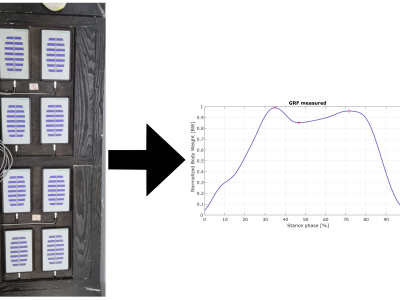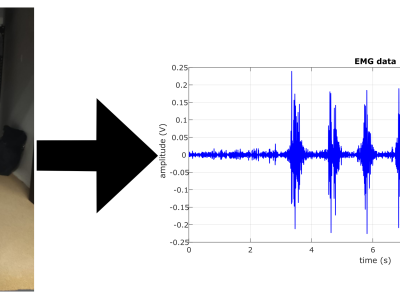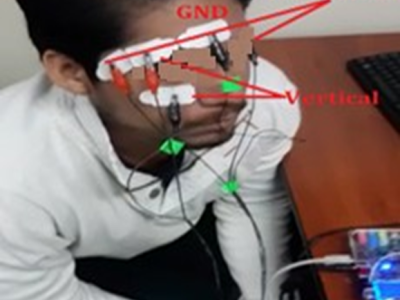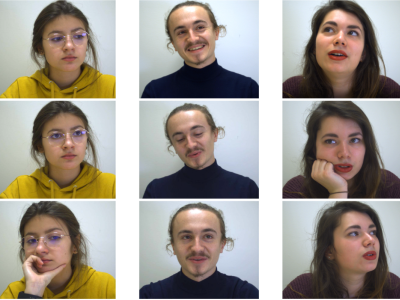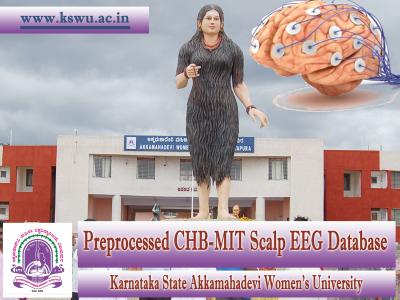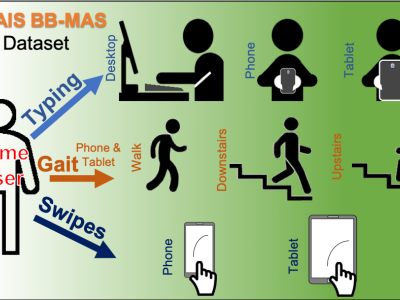Robust Gait Event Detection Using GRF and EMG Signals
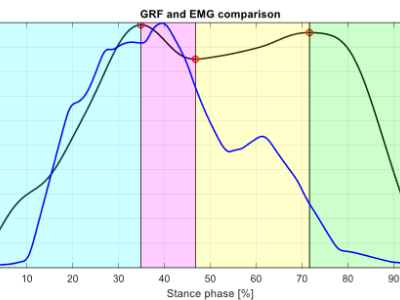
- Citation Author(s):
- Submitted by:
- David Alvarado
- Last updated:
- DOI:
- 10.21227/0mch-sc46
- Data Format:
 190 views
190 views
- Categories:
- Keywords:
Abstract
Gait Event Detection (GED) plays a pivotal role in understanding human locomotion, with applications spanning rehabilitation, prosthesis design, sports science, and biomechanics. Accurate identification of key gait events—such as Heel Strike (HS), Loading Response (LS), Mid-Stance (MS), and Heel Off (HO)—during the stance phase of the gait cycle is essential for analyzing movement patterns, diagnosing gait abnormalities, and developing assistive technologies. This study leverages bio-signals, including Ground Reaction Forces (GRF) and Electromyography (EMG), to classify these events with high precision. GRF provides critical insights into the forces exerted during walking, while EMG captures muscle activation patterns, enabling a comprehensive analysis of gait dynamics. This work underscores the significance of bio-signals in advancing gait analysis and highlights their potential to transform clinical and technological applications in human movement science.
Instructions:
The dataset is composed by 12 features extracted from GRFs and sEMG during the gait cycle. Inside the file, there are 208 rows of data from 52 participants.
The column named "categorical" designs the class of each Gait Event as follows:
1. class 1 -> HS
2. class 2 -> LR
3. class 3 -> MS
4. class 4 -> HO


